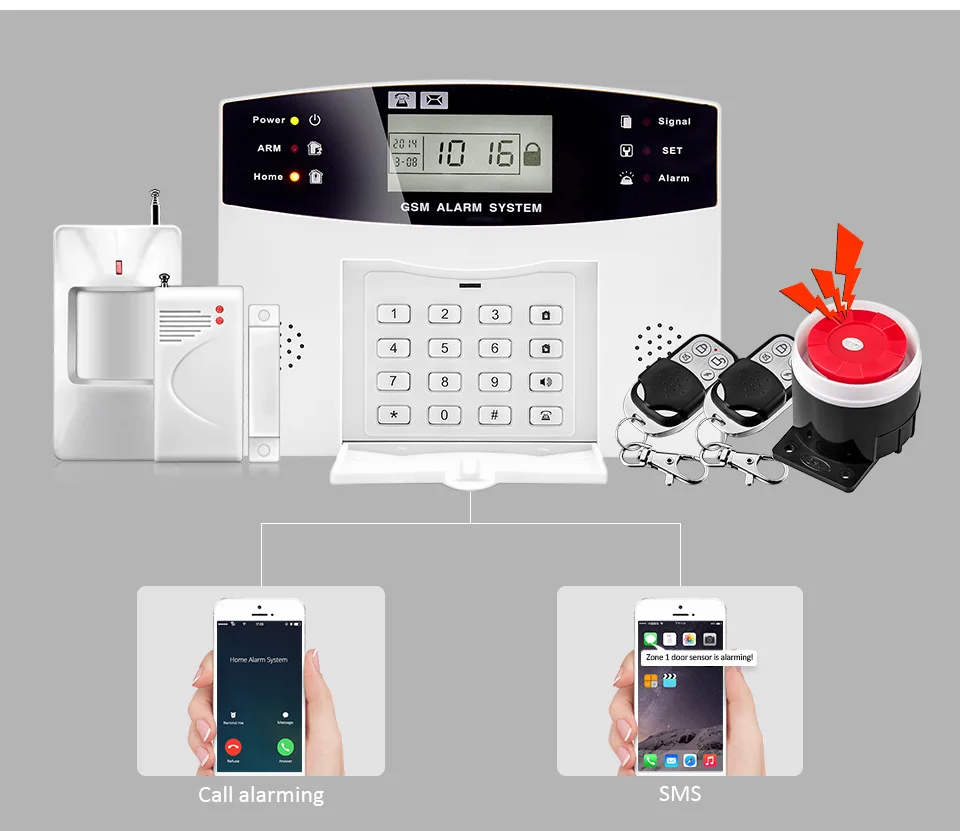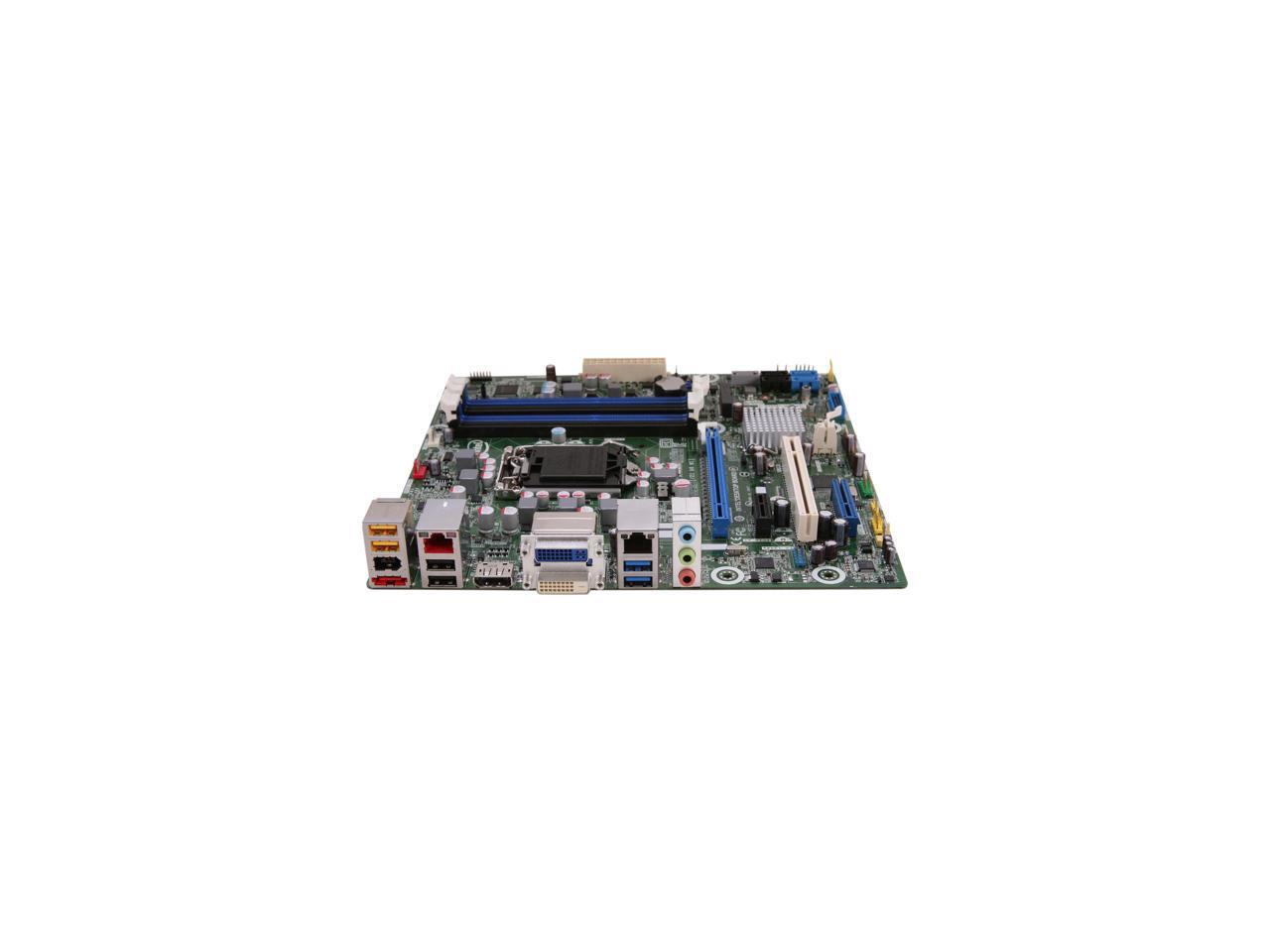

So WOL is supported only from sleep ( S3), or when the user explicitly requests to enter hibernate ( S4) state in Windows 10.

This behavior removes the possibility of invalid wake-ups when an explicit shutdown is requested. Network adapters are explicitly not armed for WOL in these cases, because users expect zero power consumption and battery drain in the shutdown state. In this scenario, WOL from S4 or S5 is unsupported. In Windows 10, the default shutdown behavior puts the system into the hybrid shutdown (also known as Fast Startup) state ( S4). So waking from S5 is possible on some systems if enough residual power is supplied to the network adapter, even though the system is in the S5 state and devices are in D3. However, some network adapters can be left armed for waking if enough residual power is available. WOL from S5 isn't officially supported in Windows 7. And all devices are put into the lowest power state (D3).

In Windows 7, the default shutdown operation puts the system into the classic shutdown state ( S5). The default behavior in response to WOL events has changed from Windows 7 to Windows 10.
INTEL REMOTE WAKE UP PC
Thus, your PC can be woken up by sending it a magic packet from another device on the network. After enabling Wake on LAN, your computer will detect this magic packet containing its MAC address and turn itself on. Typically, such an event is a specially constructed Ethernet packet. The Wake on LAN (WOL) feature wakes a computer from a low- power state when a network adapter detects a WOL event such as a magic packet. In most cases this only applies to PCs connected by ethernet (WOL), not Wi-fi (WoWLAN).
INTEL REMOTE WAKE UP HOW TO
This tutorial will show you how to configure a PC so it can be woken from a sleep state by another PC or device over a LAN.
INTEL REMOTE WAKE UP WINDOWS 10
Seems as though the wake on lan and wake on wireless lan still has multiple issues.How to Enable or Disable Wake on LAN (WOL) in Windows 10 so something is causing it to turn on when I am not expecting it to.

PS - as a seperate concern: I have also noticed when wake on wireless lan with magic packet is enabled in device manager, the NUC likes to wake up randomly. Does version 1.4 of the iphone Intel Remote Keyboard support wake on lan? If not, is there a plan to fix it? (I have actually confirmed I can wake on wired AND wirelessly with FING App) To debug, I have successfully been able to use a different iphone application (called fing) to successfully wake the NUC device sending the wake on lan packet. There may be a network issue, please try again." My issue is that when the NUC sleeps, and the iphone Remote Keyboard gives me the option to Wake PC? I quickly get an error that says "Failed to send Wake-on-Lan Magic packet. The phone and PC pair fine, and when the machine is powered on I can use the iphone as a mouse and keyboard without issue. It is running version 1.5 of the intel remote Keyboard host app. It is hard wired (via ethernet) to my verizon router. I have an intel NUC 5i5RYH that is running 64bit version of Win 10 Professional.


 0 kommentar(er)
0 kommentar(er)
